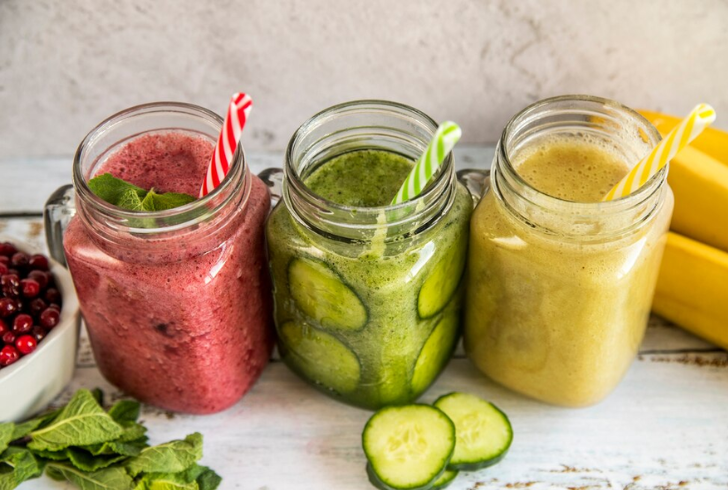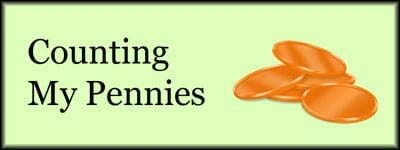The Body Reset Diet has gained attention since its creation by celebrity fitness trainer Harley Pasternak. This diet promises quick weight loss through a structured plan that emphasizes smoothie consumption and the gradual reintroduction of solid foods. With its clear phases and specific guidelines, it aims to help individuals reset their eating habits and jump-start weight loss.
But what does this diet really entail, and is it a viable option for long-term health?
What Is the Body Reset Diet?
The Body Reset Diet is a 15-day plan divided into three distinct phases, each lasting five days. It starts with a liquid-only approach, focusing primarily on smoothies, before transitioning to a mix of solid foods and smoothies. The idea is to use these initial phases to reset the body’s metabolism and help individuals establish healthier eating patterns.

Freepik | The Body Reset Diet begins with a liquid-only phase of smoothies, then shifts to a combination of solid foods.
Phase Breakdown
1. Phase 1 (Days 1-5)
During this phase, participants consume three smoothies per day. These smoothies, each containing around 270 to 325 calories, replace all solid foods. The goal is to lower calorie intake significantly, promoting weight loss and metabolic adjustment.
2. Phase 2 (Days 6-10)
In this phase, participants begin incorporating solid meals. One smoothie is replaced with a solid meal daily. Options for solid foods include salads, vegetable stir-fries, and other low-calorie dishes.
3. Phase 3 (Days 11-15)
The final phase involves replacing two smoothies with solid meals each day. This gradual reintroduction of solid foods helps to ease the transition back to a regular diet while maintaining a focus on healthy eating.
How to Follow the Body Reset Diet
Following the Body Reset Diet involves more than just adhering to a meal plan. Here are some practical tips for success:
- Smoothie Preparation - Prepare smoothies using a blend of fruits, vegetables, and protein sources. Key ingredients might include spinach, bananas, berries, and Greek yogurt.
- Solid Meals - Focus on balanced, nutrient-dense meals. Opt for lean proteins, whole grains, and a variety of vegetables.
- Physical Activity - Incorporate regular exercise into your routine. Pasternak recommends walking at least 12,000 steps daily and performing resistance exercises multiple times a week.
Health Benefits
While the Body Reset Diet does not have extensive clinical studies backing it, several potential benefits are associated with its approach:
1. Weight Loss
By significantly reducing calorie intake during the initial phases, participants are likely to experience weight loss. Smoothies rich in nutrients but low in calories can help create a calorie deficit necessary for weight reduction.
2. Improved Metabolism
The diet aims to reset metabolic processes by focusing on low-calorie intake and gradual reintroduction of solid foods. This approach might help some individuals improve their metabolism and eating habits.
3. Nutrient Boost
Smoothies made from fresh fruits and vegetables can provide essential vitamins and minerals, which may contribute to overall health.
Potential Risks and Considerations
Despite its benefits, the Body Reset Diet comes with several risks:
1. Nutritional Deficiencies - A diet that restricts solid foods for an extended period may lead to deficiencies in essential nutrients. Consuming only smoothies could potentially result in a lack of protein, healthy fats, and certain vitamins and minerals.
2. Sustainability - The restrictive nature of the diet may make it challenging to maintain over the long term. Many people find it difficult to adhere to a liquid diet, and the reintroduction of solid foods can lead to rapid weight gain if not managed carefully.
3. Disordered Eating - Highly restrictive diets can sometimes contribute to unhealthy eating behaviors or disordered eating patterns.
Foods to Include and Avoid

Freepik | Avoid fried foods, sugary snacks, and processed baked goods on the Body Reset Diet.
To effectively follow the Body Reset Diet, it's essential to know what foods are recommended and which should be avoided:
Recommended Foods
- Low-fat Dairy - Opt for plain Greek yogurt and non-fat milk.
- Fruits and Vegetables - Fresh produce like bananas, apples, spinach, and berries are encouraged.
- Lean Proteins - Include sources such as chicken, fish, and legumes.
- Whole Grains - Choose whole-grain bread and flaxseeds.
Foods to Avoid
- Solid Foods (Initial Phase) - Avoid all solid foods during the first five days.
- High-Fat and Sugary Foods - Steer clear of fried foods, sugary snacks, and processed baked goods.
- Alcohol and Refined Grains - Minimize or eliminate alcohol and refined grains like white bread.
The Body Reset Diet offers a structured approach to kick-starting weight loss through a combination of smoothies and gradual reintroduction of solid foods. While it can lead to short-term weight loss and provide some nutritional benefits, potential risks include nutritional deficiencies and difficulties in long-term adherence. As with any diet, it's crucial to consider personal health needs and consult with a healthcare provider before making significant changes to your eating habits.


